While some cars become timeless classics, others struggle to maintain their appeal over the years. The following list highlights ten cars that have not aged gracefully in today’s automotive world. Whether due to design choices, technological shortcomings, or changing consumer preferences, these vehicles now seem out of place on modern roads.
Pontiac Aztek
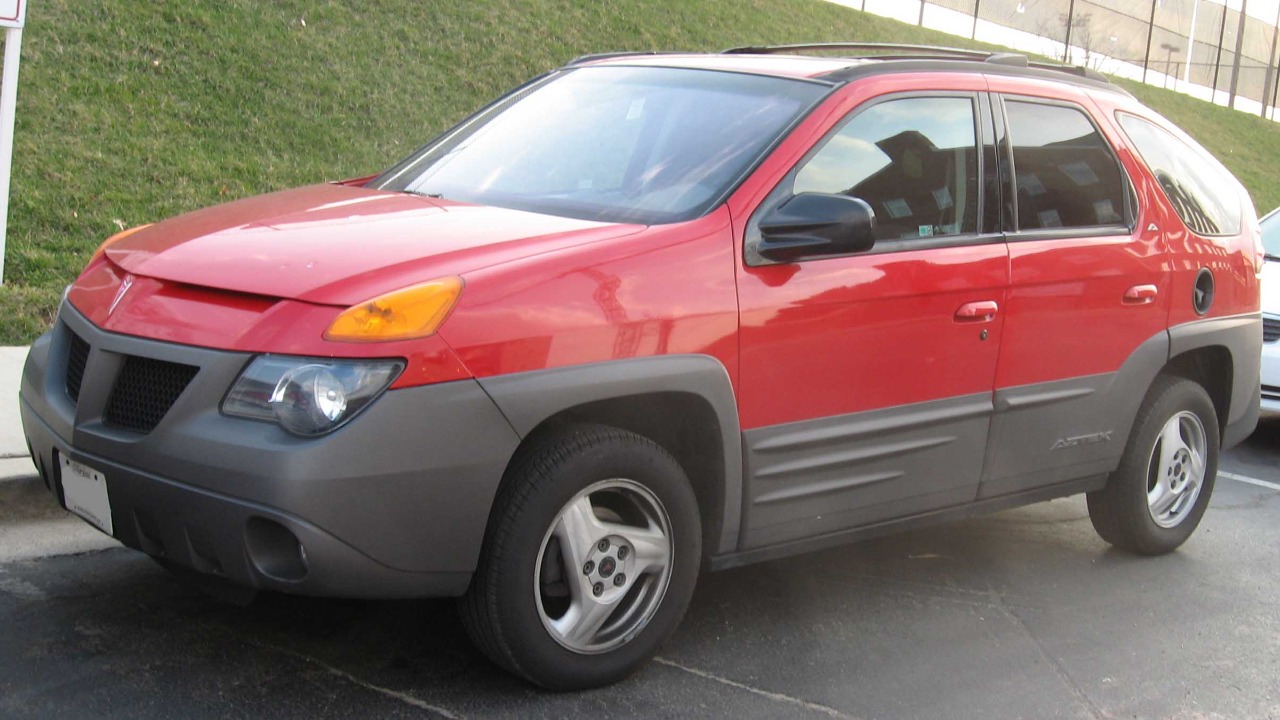
The Pontiac Aztek, produced from 2000 to 2005, is often remembered for its unusual design. Initially marketed as a versatile crossover, its bulky and unconventional appearance failed to resonate with consumers. Despite its practicality, with features like a built-in tent and cooler, the Aztek’s aesthetic choices overshadowed its functionality. It has since become a pop culture reference as one of the most visually awkward vehicles of its time.
Today, the Aztek is often cited in discussions about poor automotive design. Although it gained some notoriety through its appearance in the television series “Breaking Bad,” its reputation as an unattractive and outdated vehicle remains unchanged.
Chrysler PT Cruiser
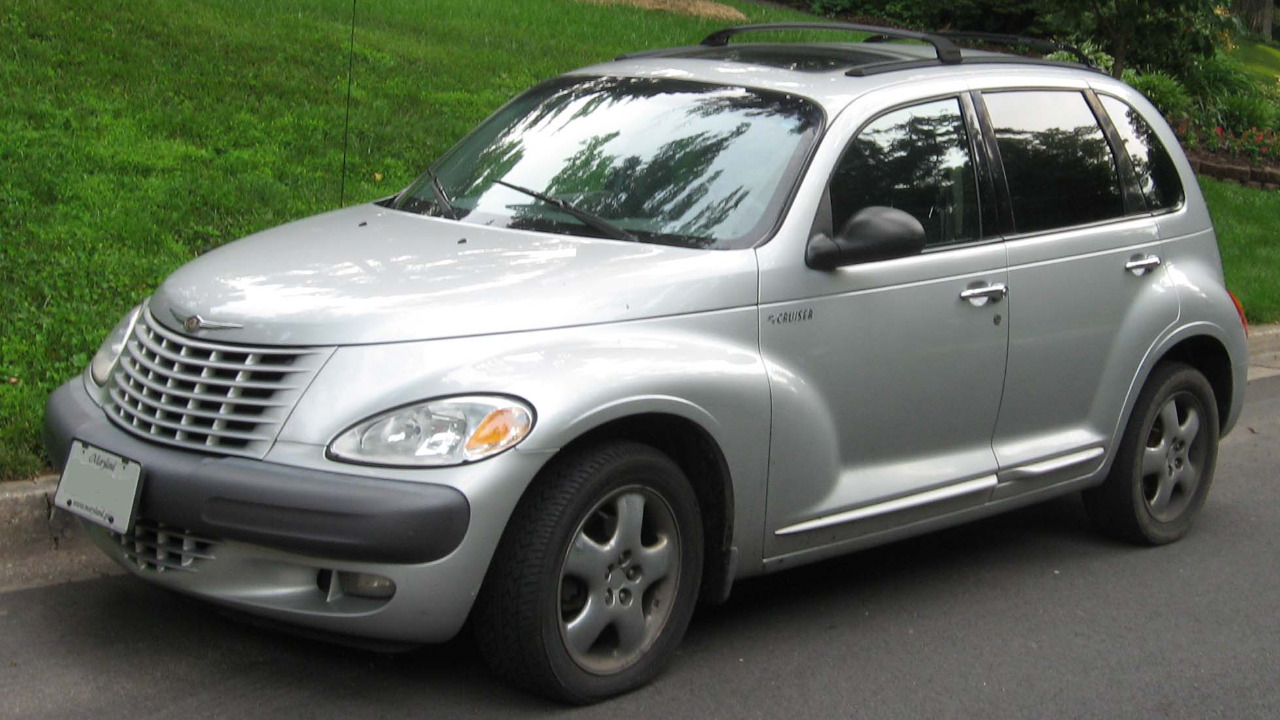
The Chrysler PT Cruiser, which debuted in 2000, aimed to capture a retro-inspired charm reminiscent of 1930s American cars. Initially well-received, its appeal quickly faded as the novelty wore off. The PT Cruiser’s boxy shape and retro styling became dated, and its performance and interior quality failed to keep up with evolving consumer expectations.
Despite being a strong seller in its early years, the PT Cruiser struggled to maintain its popularity. By the end of its production in 2010, it was widely regarded as a relic of an automotive trend that had passed.
Hummer H2
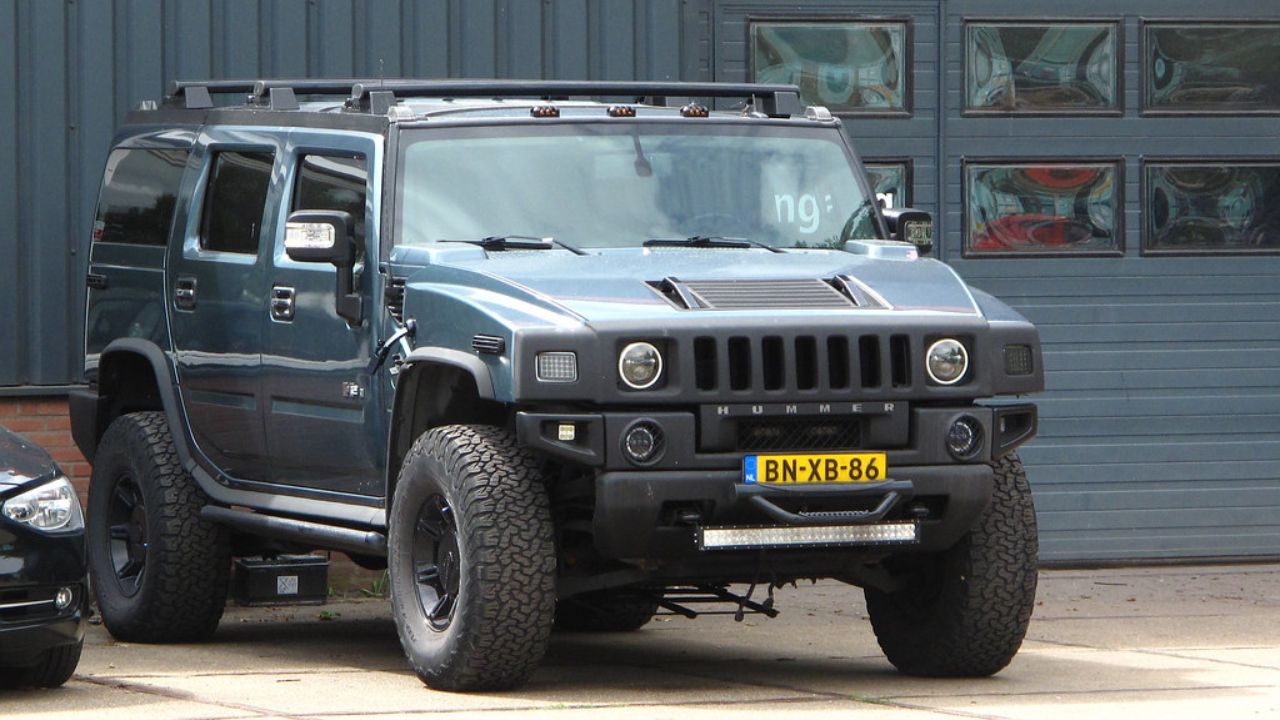
The Hummer H2, launched in 2002, was a symbol of excess during its time. Its massive size and military-inspired styling made it a status symbol for some, but its poor fuel efficiency and cumbersome handling were significant drawbacks. As consumer priorities shifted towards environmental consciousness and fuel economy, the H2 quickly fell out of favor.
With the automotive market’s increasing focus on sustainability, the Hummer H2 now seems like an outdated monument to a bygone era of excess. Its production ceased in 2009, but it remains a reminder of the changing tides in vehicle preferences.
Chevrolet SSR
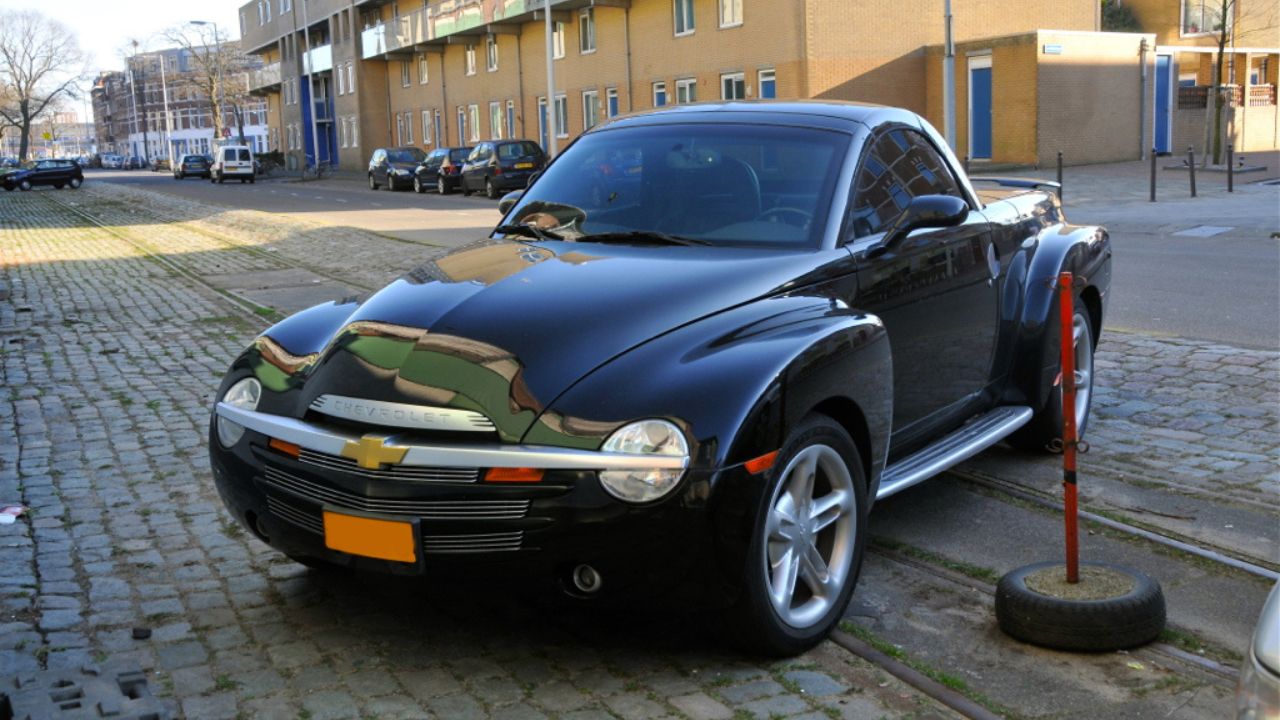
The Chevrolet SSR, produced from 2003 to 2006, was a bold attempt to merge a convertible with a pickup truck. Its retro styling and unique concept generated initial interest, but the execution left much to be desired. The SSR’s limited practicality and hefty price tag couldn’t justify its novelty factor.
While it did offer a V8 engine option, the SSR’s performance and utility were underwhelming compared to traditional trucks and sports cars. Today, it stands as an example of how blending too many concepts can lead to a vehicle that doesn’t excel in any one area.
Jaguar X-Type
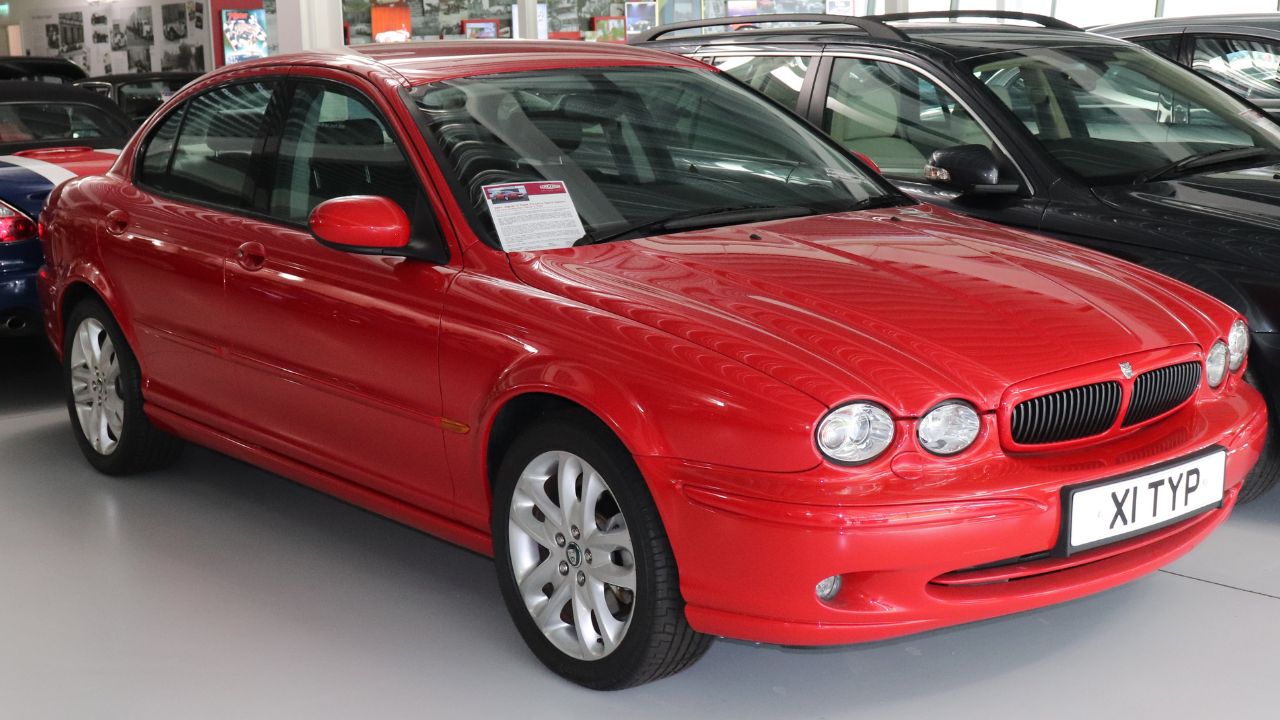
The Jaguar X-Type, introduced in 2001, was Jaguar’s attempt to enter the compact executive car market. Unfortunately, it failed to capture the brand’s luxury essence. Built on a modified Ford platform, the X-Type’s quality and performance did not meet the expectations set by its prestigious badge.
Despite its attractive price point, the X-Type’s lack of refinement and reliability issues tarnished its reputation. Even though it was discontinued in 2009, it remains a cautionary tale of how brand prestige does not automatically translate to success in new market segments.
Fiat Multipla
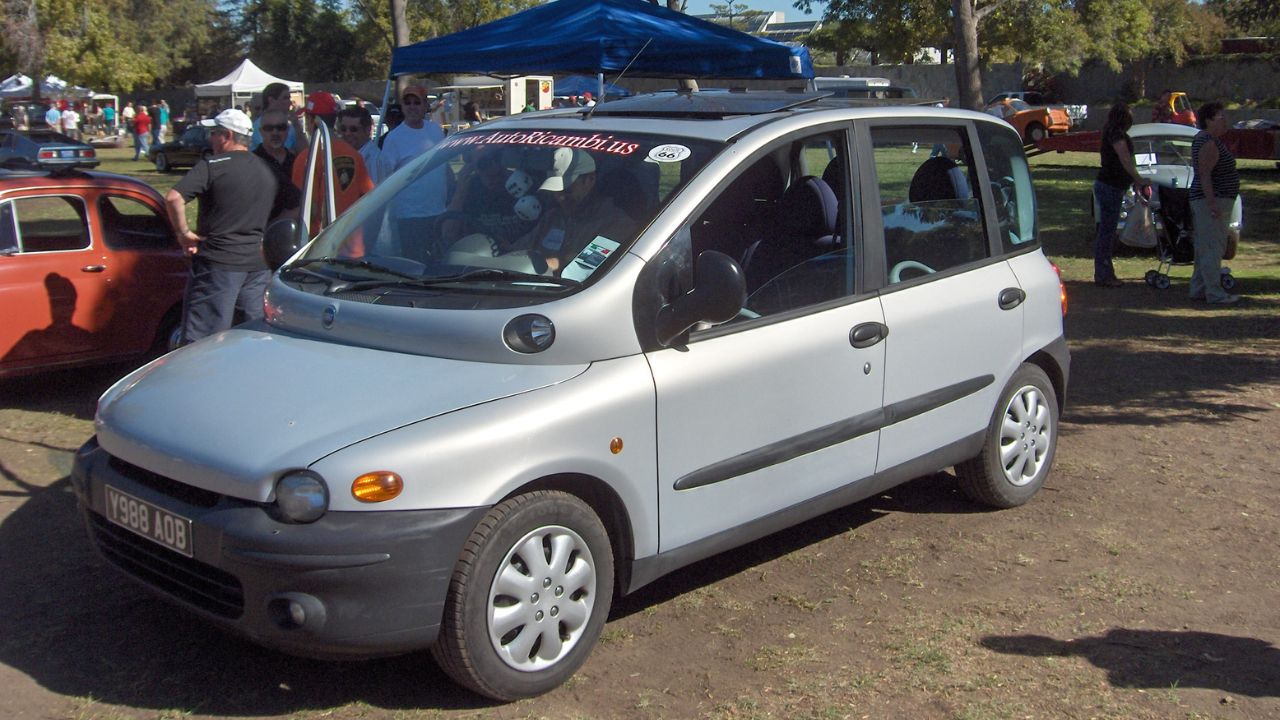
The Fiat Multipla, available from 1998 to 2010, is often remembered for its unusual and polarizing design. Its wide stance and unconventional front-end styling made it stand out, but not always in a favorable way. Despite its spacious interior and practicality, the Multipla’s aesthetics were a sticking point for many potential buyers.
In retrospect, the Multipla’s design is frequently highlighted as one of the more bizarre choices in automotive history. While it did have its fans, it struggled to gain widespread acceptance, particularly in markets outside of Europe.
Ford Taurus (Fifth Generation)
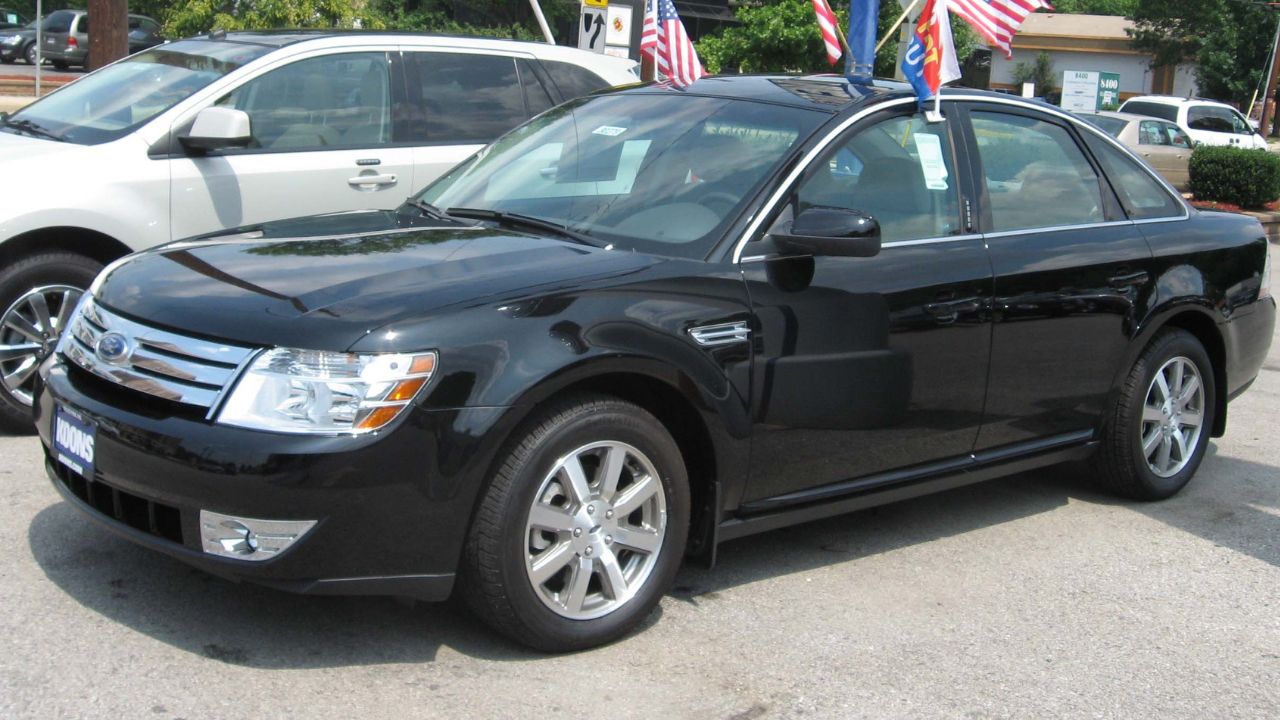
The fifth-generation Ford Taurus, produced from 2008 to 2009, marked a low point for a model that had once been a best-seller. The redesign aimed to update the Taurus for a modern audience, but its uninspired styling and bulky proportions failed to capture the public’s imagination.
Critics noted that the Taurus had lost the innovative edge that made it popular in the 1980s and 1990s. The lackluster reception of this generation prompted Ford to overhaul the design in subsequent versions, but the damage to its reputation had already been done.
Saab 9-7X
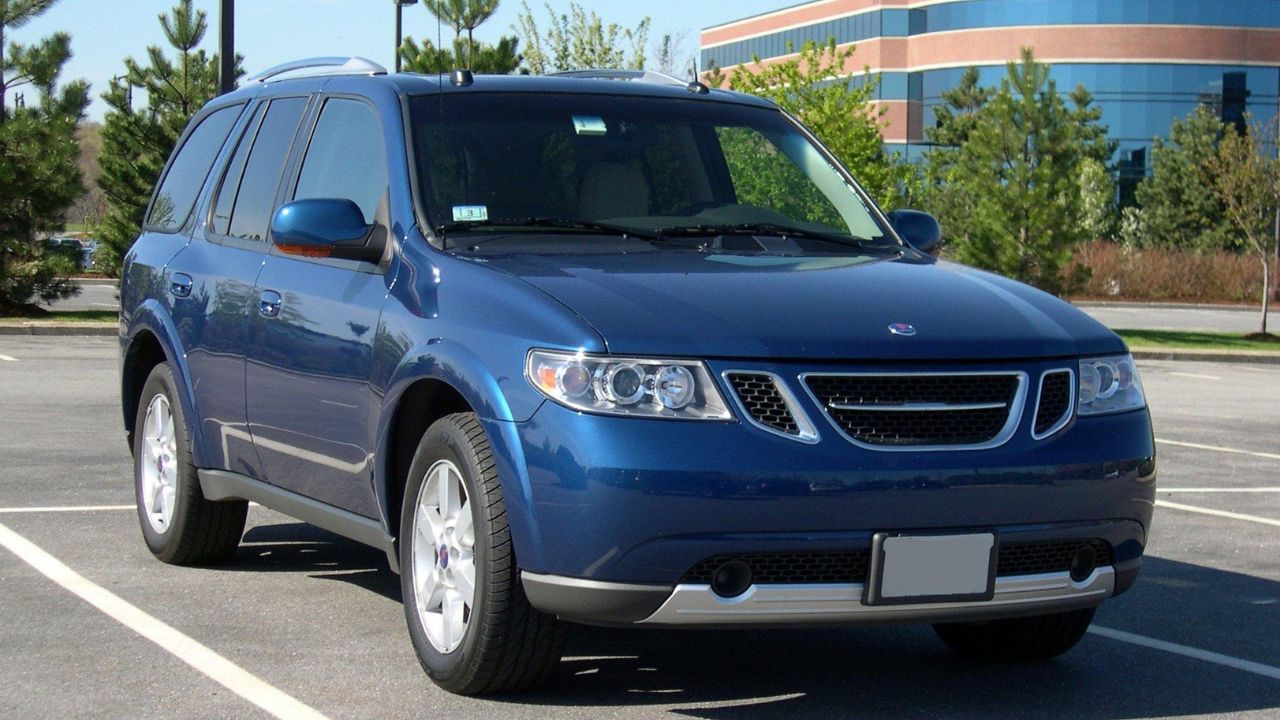
The Saab 9-7X, produced from 2005 to 2009, was an SUV that struggled to find its identity. Built on the same platform as several GM SUVs, its Saab branding was not enough to distinguish it from its more utilitarian counterparts. The 9-7X’s handling and performance were decent, but its lack of unique features left it feeling like a badge-engineered effort.
As Saab’s only SUV offering, the 9-7X failed to resonate with traditional Saab buyers and SUV enthusiasts alike. Its production ceased amid Saab’s financial difficulties, and it remains a footnote in the brand’s history.
Mitsubishi Eclipse (Fourth Generation)
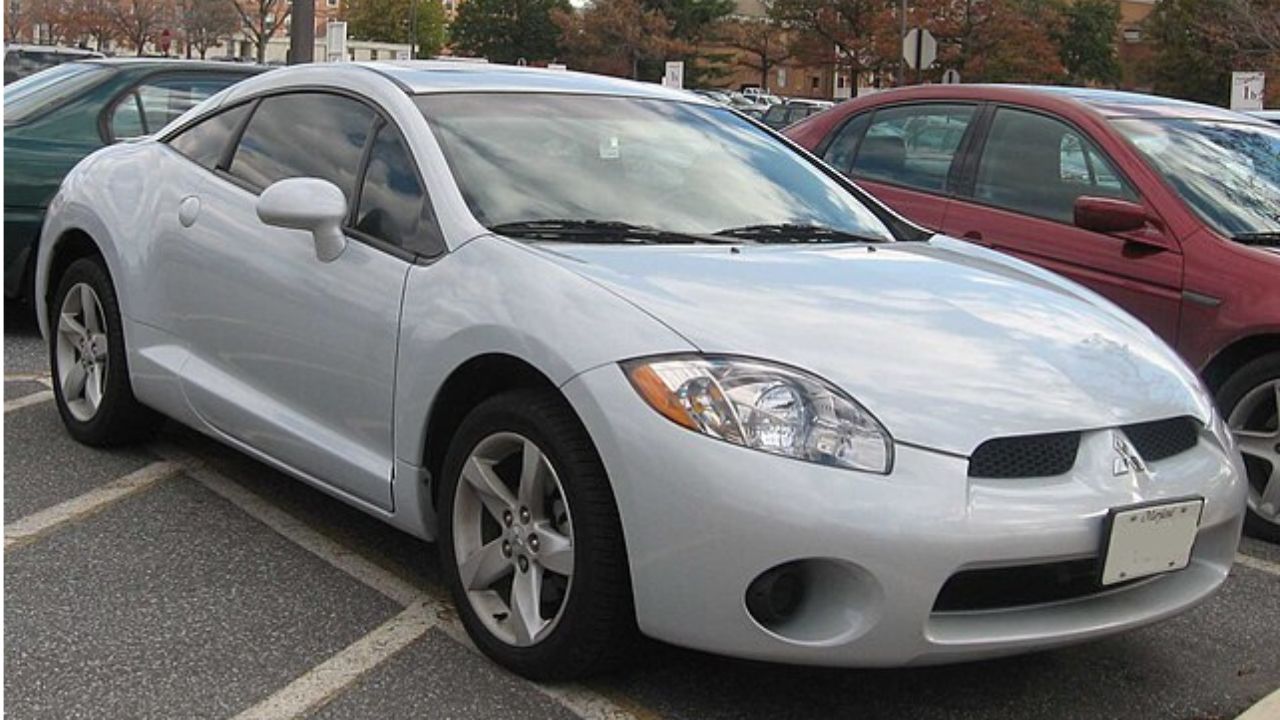
The fourth-generation Mitsubishi Eclipse, manufactured from 2006 to 2012, marked a departure from the sporty and sleek designs of its predecessors. Its larger, more rounded body and reduced performance capabilities disappointed fans of the earlier models. This iteration of the Eclipse struggled to maintain the sporty reputation that had made the nameplate popular in the 1990s.
As consumer interest in compact sports cars waned, the Eclipse’s appeal diminished. It was eventually phased out in favor of more practical and efficient models, leaving behind a legacy that was tarnished by its final generation.
Hyundai Tiburon (Second Generation)
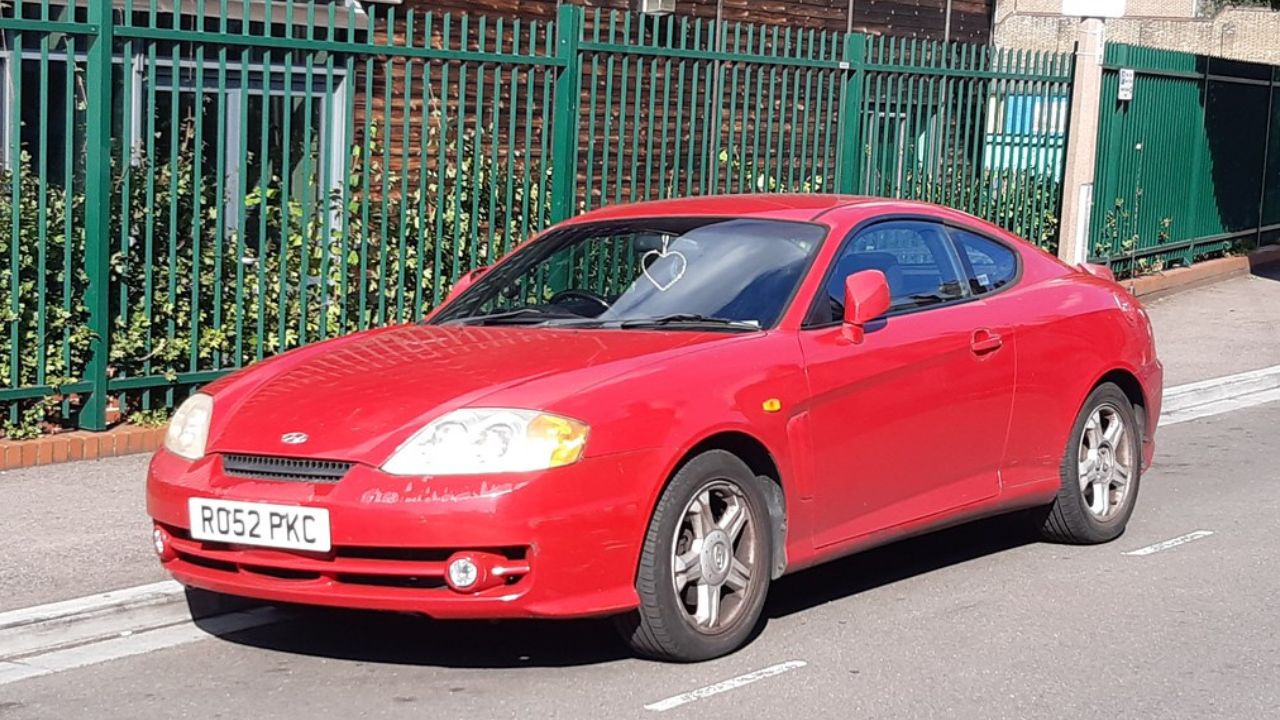
The second-generation Hyundai Tiburon, available from 2002 to 2008, attempted to offer a sporty coupe experience at an affordable price. While its styling was aggressive and appealing to some, its performance and interior quality lagged behind competitors. The Tiburon’s handling and engine options were not enough to compete with more established sports coupes.
As Hyundai shifted its focus to improving quality and reliability across its lineup, the Tiburon was eventually replaced by the Genesis Coupe. The Tiburon’s second generation remains a reminder of the brand’s growing pains as it worked to establish a more competitive presence in the automotive market.
Like Fast Lane Only’s content? Be sure to follow us.
Here’s more from us:
*Created with AI assistance and editor review.

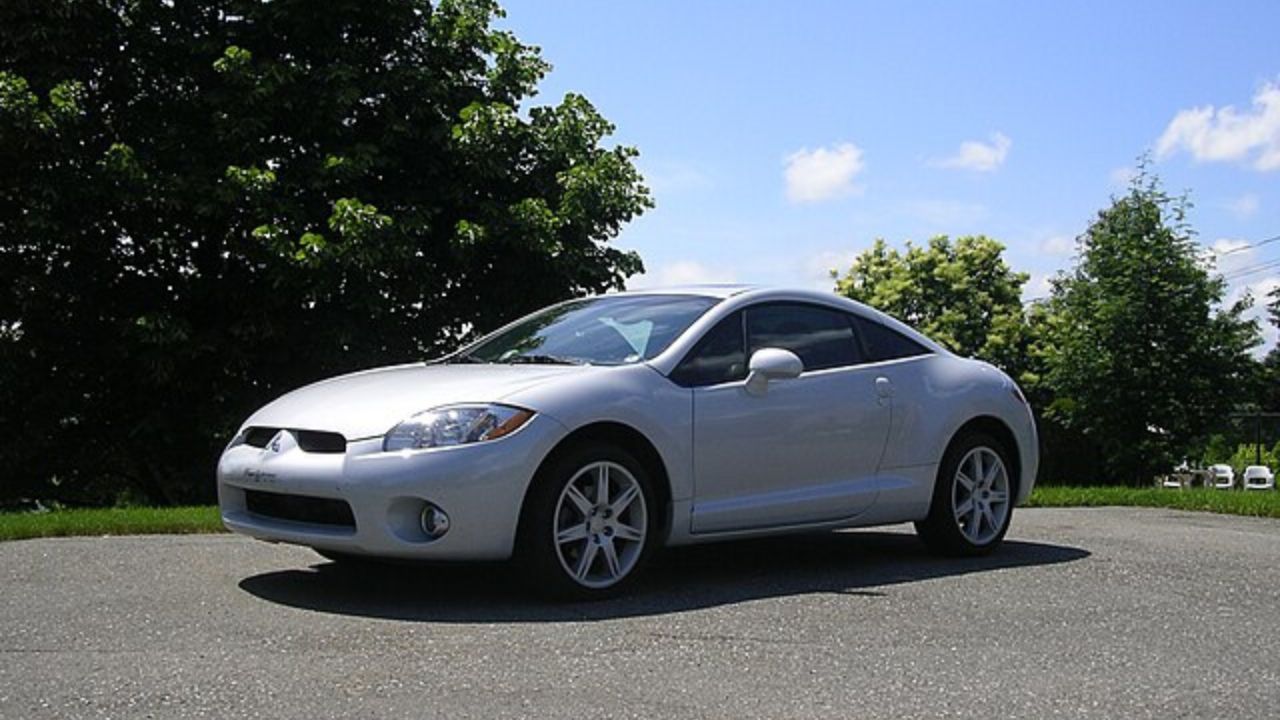
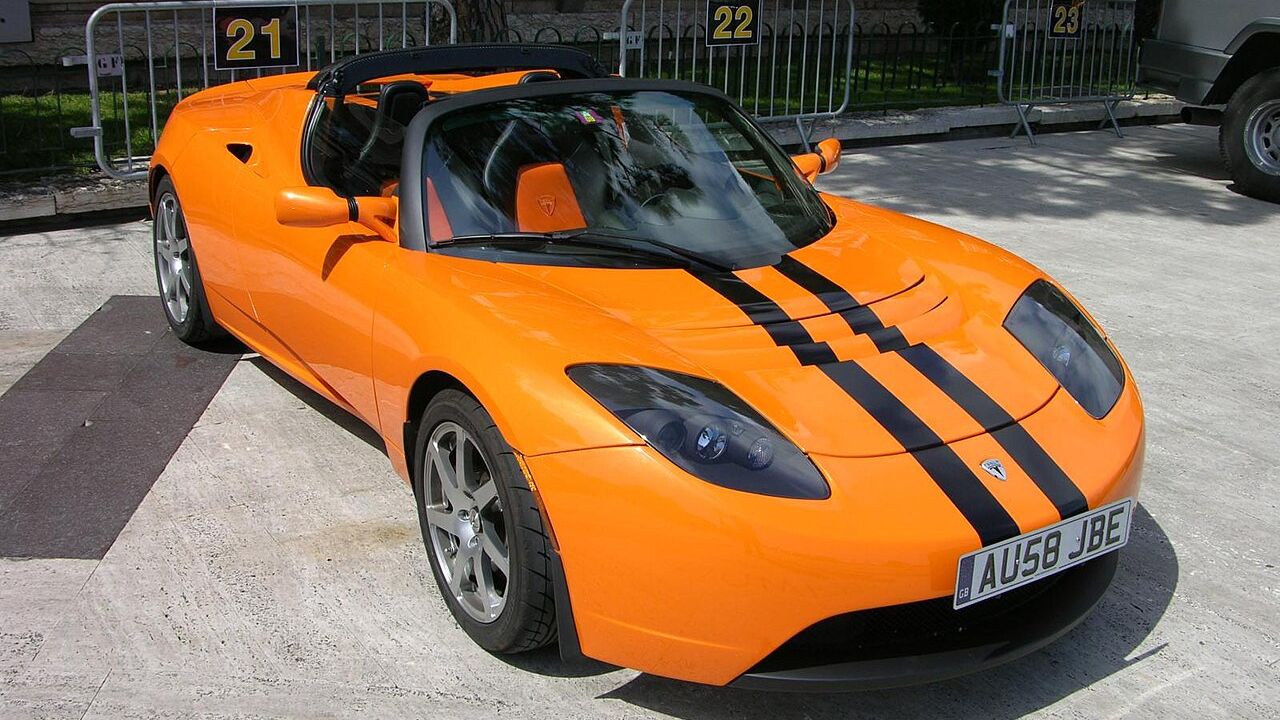
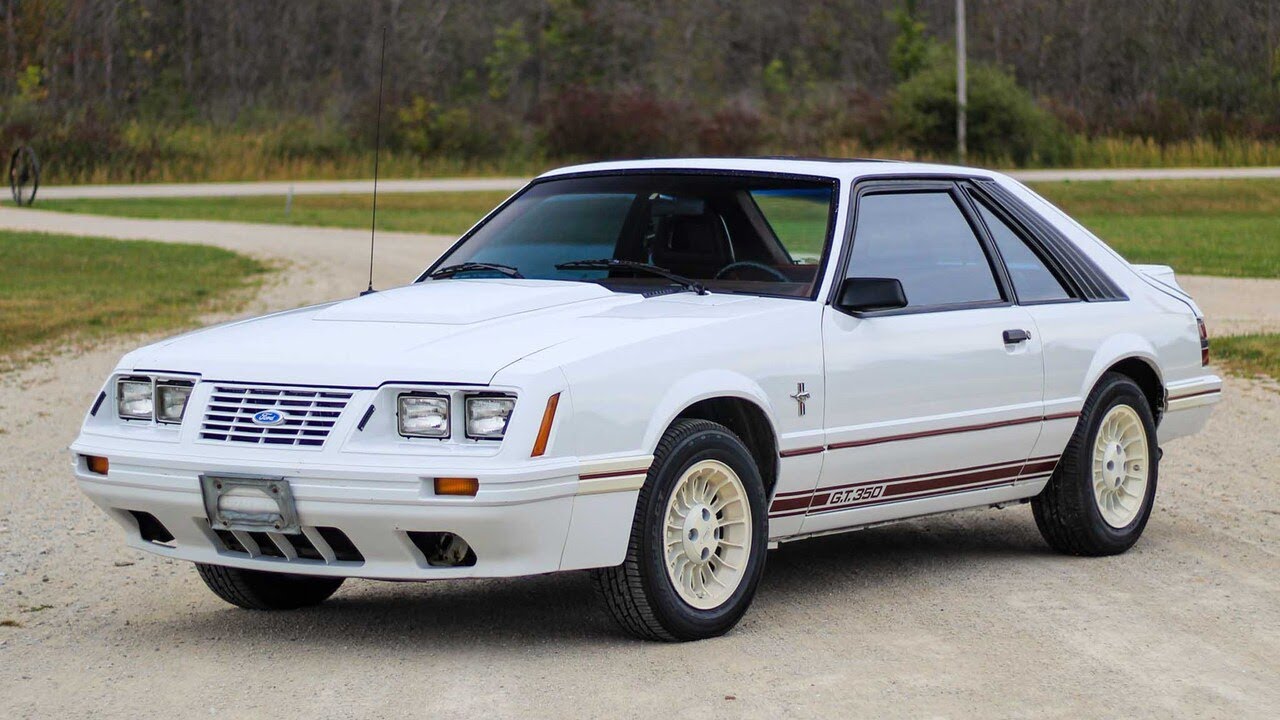

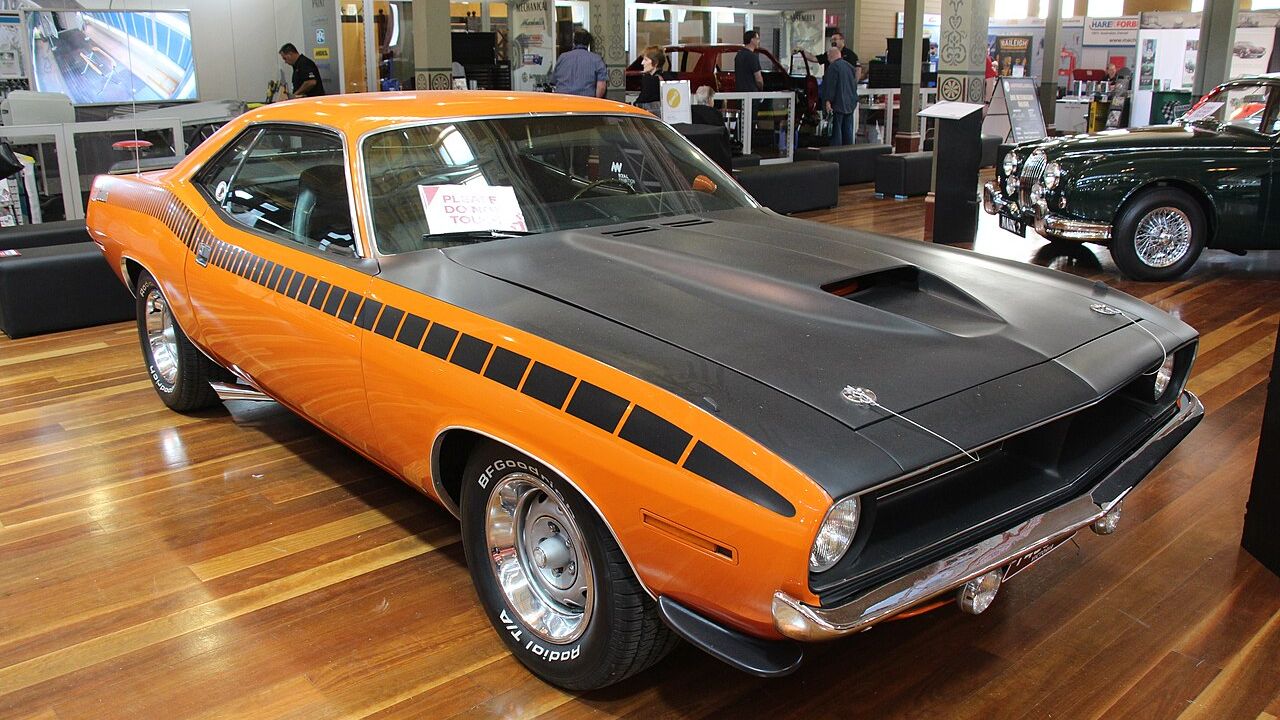
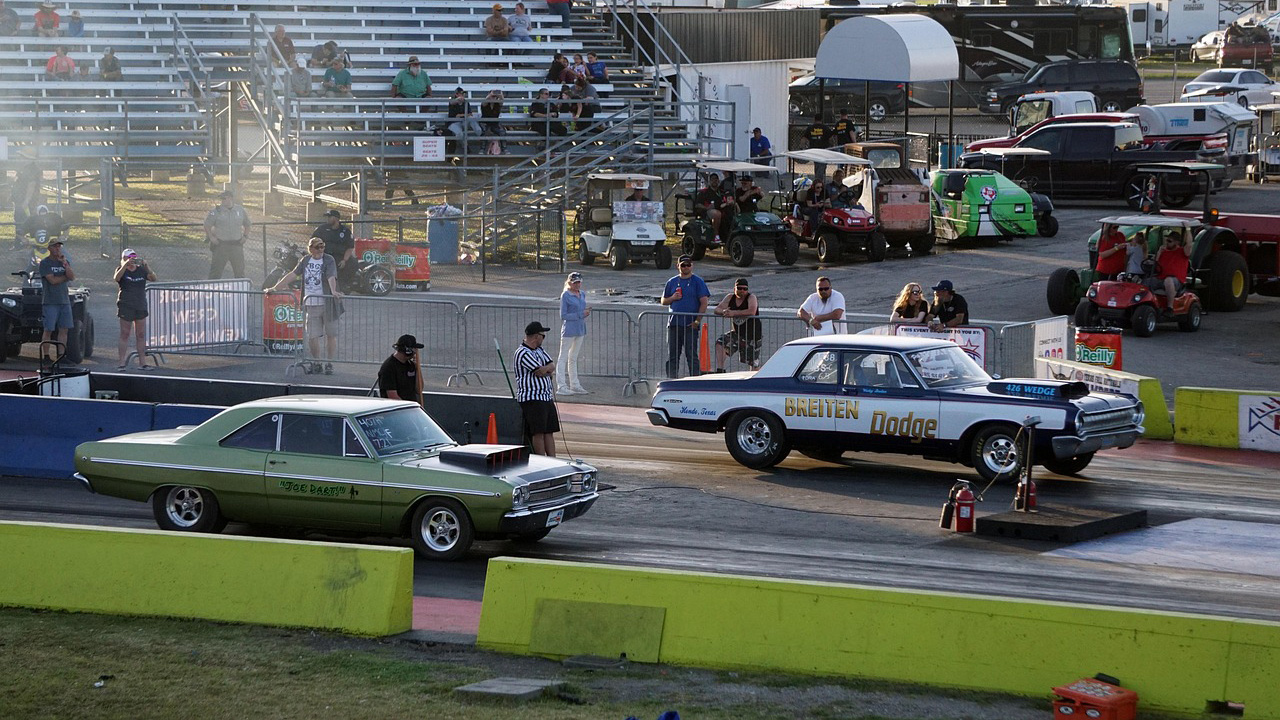
Leave a Reply